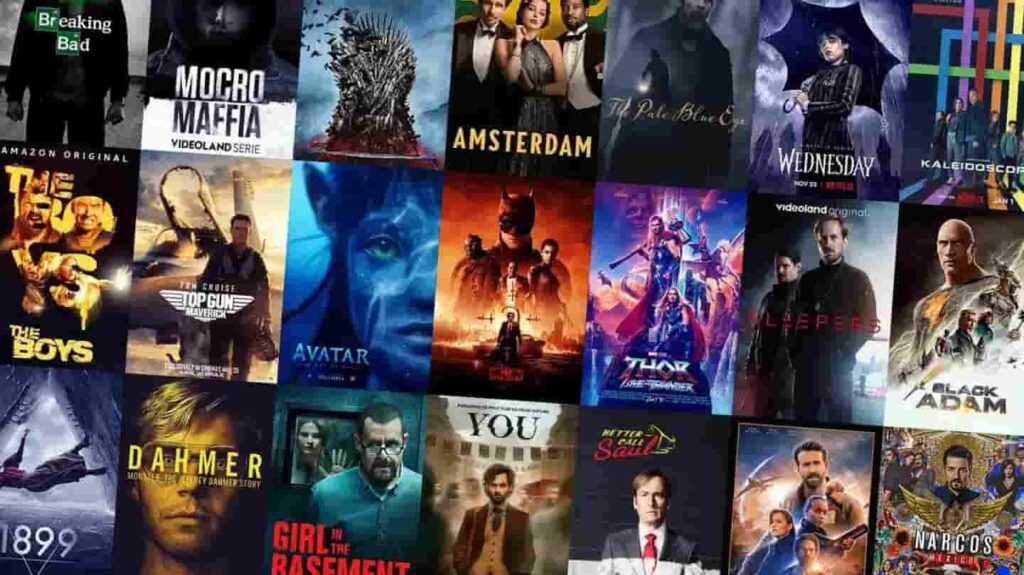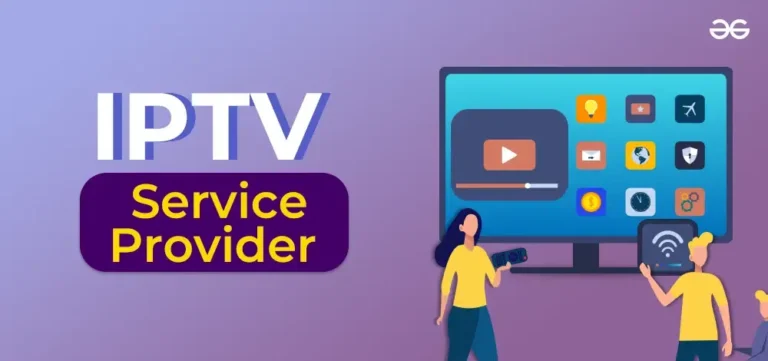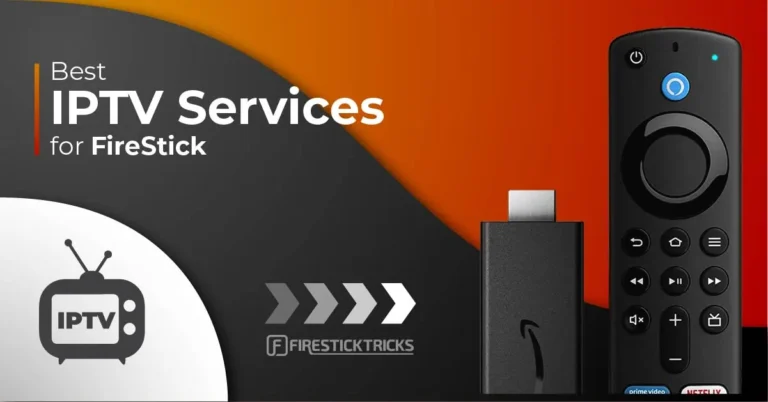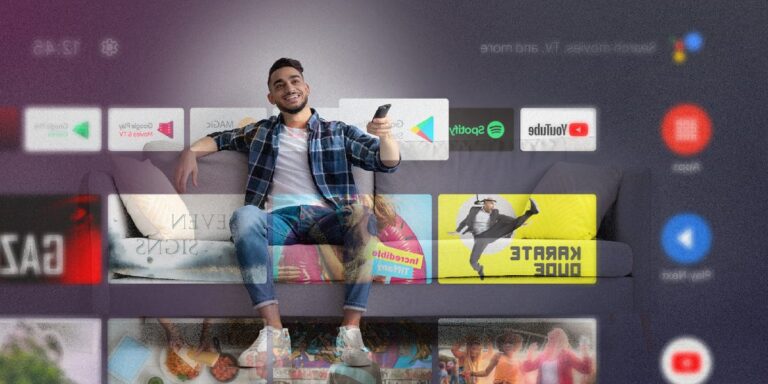
Lorem ipsum dolor sit amet, consectetur adipiscing elit. Ut elit tellus, luctus nec ullamcorper mattis, pulvinar dapibus leo.
As we forge deeper into the 21st century, the landscape of television consumption is undergoing a dramatic transformation. Internet Protocol Television (IPTV) is at the forefront of this change, shifting how viewers interact with their content from traditional broadcasting models to a more dynamic and personalized approach. This evolution not only impacts what we watch but also when and how we choose to watch it. Let’s explore how IPTV services are reshaping viewing habits and why they represent the future of television.
Personalized Viewing Experiences
One of the standout features of IPTV is its ability to offer personalized content. Unlike traditional TV schedules that dictate viewing times, IPTV allows users to stream their favorite shows and movies on-demand. This means no more circling dates on calendars or setting DVRs. Viewers can also pause, rewind, and fast forward content as they please, providing a much more user-centric viewing experience.
Diverse Content Accessibility
IPTV opens up a world of content possibilities. Users can access a vast array of channels worldwide, including those not available through standard cable or satellite TV in their region. This is particularly appealing for expatriates who wish to watch programming from their home countries or viewers with niche interests that mainstream channels might not cover.
Integration of Multiple Services
Many IPTV services are integrating other forms of entertainment and information, including YouTube, social media feeds, and even video gaming streams into their interfaces. This convergence creates a unified media consumption platform, turning the television into a multi-purpose hub that caters to a broader range of needs beyond watching TV shows or movies.
Enhanced Interactivity
IPTV also brings a new level of interactivity to watching television. With features like voting, e-commerce, and social integration, viewers can interact with content in ways that were previously not possible. For instance, during a live cooking show, viewers might be able to order the ingredients directly through their TV or vote for their favorite contestant in a reality show instantly.
Cost Efficiency
Shifting to IPTV can also be more cost-effective for consumers. Traditional cable packages often include channels that viewers do not want, but they have to pay for them. IPTV providers typically offer more tailored package options or even a la carte channels. This can significantly reduce costs, as subscribers pay only for the content they are interested in.
Challenges and Considerations
Despite its many benefits, IPTV is not without challenges. The quality of service can be dependent on the user’s internet bandwidth and stability. Additionally, as IPTV gains popularity, regulatory and copyright issues present significant hurdles that providers must navigate carefully.
Conclusion
The rise of IPTV represents a paradigm shift in how we consume television. It offers a more personalized, interactive, and integrated media experience that aligns with the digital age’s demands. As technology advances and more viewers seek flexibility in their viewing habits, IPTV is set to redefine the broadcasting landscape permanently. This transformation not only marks a significant technological advancement but also highlights changing consumer behaviors and expectations, paving the way for future innovations in the entertainment industry.







5 Responses
sdfgsdohso